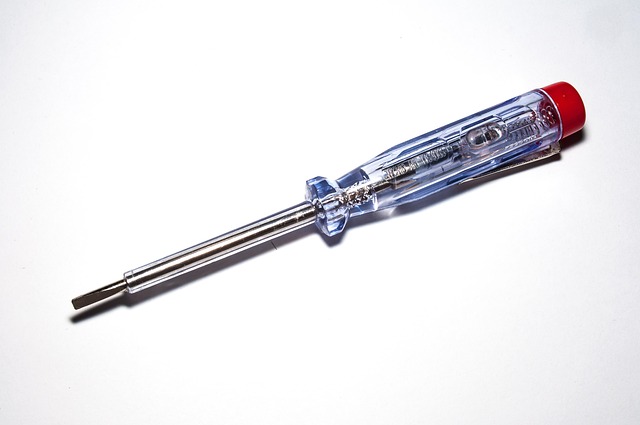The text delves into the modern evolution of truck logistics and repair verification, highlighting technological advancements that are transforming both industries. Trucks are becoming smarter with autonomous driving and enhanced safety systems, revolutionizing transportation while shaping urban landscapes. The repair process involves a rigorous multi-step verification using advanced tools, digital documentation, and cloud storage for efficient communication. Common issues include faulty electrical systems and misaligned critical components like suspension and brakes. The future holds promise with automation, AI diagnostics, and cloud platforms, promising faster, more reliable repairs tailored to the trucking industry's needs, enhancing safety and operational efficiency on highways.
In the fast-paced world of trucking, efficient and reliable repairs are paramount. The repair verification process ensures that vehicles return to the road safely and reliably, minimizing downtime and costs. This article delves into the intricacies of truck repair verification, covering its importance, step-by-step process, modern tools, common issues, quality control best practices, and future trends, empowering readers to understand and optimize this critical aspect of trucking maintenance.
- Understanding the Importance of Repair Verification
- The Step-by-Step Process: From Inspection to Approval
- Tools and Technologies Used in Modern Truck Repair Verification
- Common Issues Identified During the Verification Process
- Ensuring Quality Control: Best Practices for Repair Shops
- Future Trends: Enhancing Truck Repair Verification Efficiency
Understanding the Importance of Repair Verification

The Step-by-Step Process: From Inspection to Approval
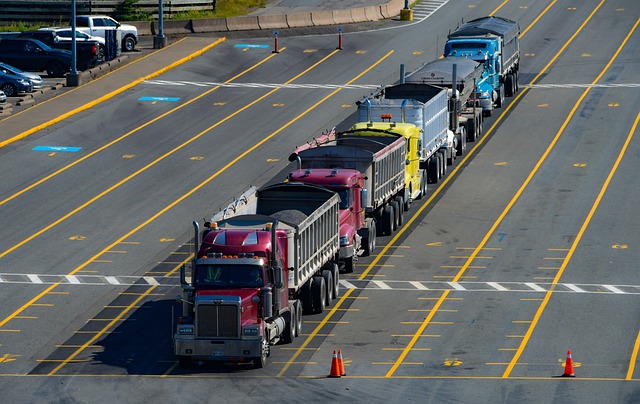
The repair verification process for trucks involves a meticulous series of steps designed to ensure quality and safety. It begins with a thorough inspection, where skilled technicians assess every aspect of the damaged vehicle—from exterior panels to internal components. This detailed examination identifies areas requiring repair or replacement, setting the stage for targeted interventions.
Once the extent of work is established, a plan is drafted, outlining the specific repairs needed. This involves coordinating efforts between various specialists, such as bodyworkers, painters, and mechanical engineers. After approvals are obtained from stakeholders, the actual restoration work commences. Every step is meticulously documented to maintain transparency and facilitate future reference, should any issues arise. Finally, following completion, a comprehensive quality check ensures that the truck meets the highest standards before receiving final approval for return to service.
Tools and Technologies Used in Modern Truck Repair Verification

In modern truck repair verification, a multitude of tools and technologies are employed to ensure precision, efficiency, and safety. These range from advanced diagnostic scanners that can detect even subtle issues within a truck’s complex systems, to high-resolution cameras and 3D imaging for detailed visual inspection. The use of these technologies allows for a comprehensive assessment of the repair work, identifying any discrepancies or remaining damage.
Furthermore, digital documentation and cloud-based storage have revolutionized the verification process. Technicians can now access detailed vehicle histories, previous repair records, and specific manufacturer guidelines instantly. This not only streamlines the verification step but also facilitates better communication between mechanics, insurance companies, and fleet managers, ultimately contributing to faster turnaround times and higher quality repairs for trucks.
Common Issues Identified During the Verification Process
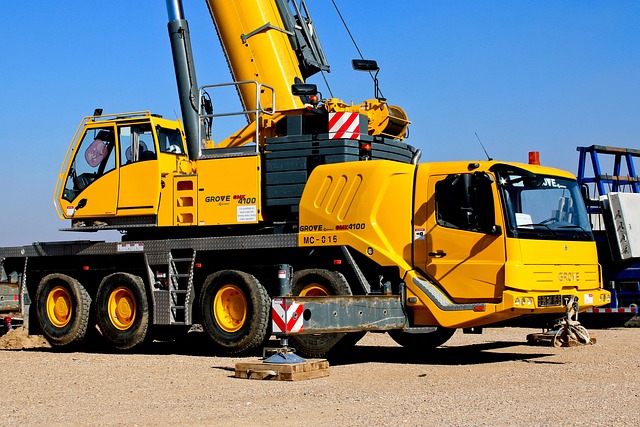
During the repair verification process, several common issues are frequently identified across various truck models and makes. One of the most prevalent problems involves faulty electrical systems, which can range from simple component replacements to complex diagnostic troubleshooting. These issues often manifest as inoperable lights, abnormal dashboard indicators, or even complete power failures, significantly impacting the vehicle’s functionality and safety.
Another recurring issue is misalignment or poor quality of repair work on critical components such as suspension systems, steering mechanisms, and brakes. Inadequate adherence to manufacturer guidelines during repairs can lead to handling problems, reduced fuel efficiency, and, in severe cases, increased risk of accidents. Verifiers carefully inspect these areas to ensure the truck’s structural integrity and overall performance meet the required standards, ensuring safe and reliable operation on the road.
Ensuring Quality Control: Best Practices for Repair Shops
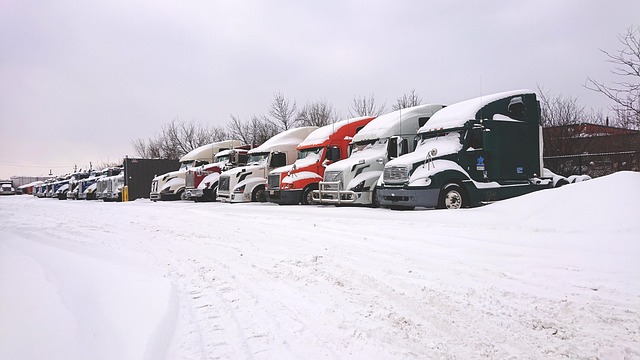
Ensuring quality control is paramount in the repair verification process, especially for truck repair shops. Best practices involve implementing rigorous inspection protocols to guarantee each repaired vehicle meets safety and performance standards. This includes comprehensive visual assessments, diagnostic testing, and road simulations to verify the functionality of all components, from engines and transmissions to brakes and electronics.
Reputable repair shops also invest in advanced equipment and trained technicians to accurately diagnose and rectify issues. Regular staff training and staying updated with industry trends ensure that the team is equipped to handle modern vehicle systems. Furthermore, maintaining detailed records of repairs and customer feedback loops allow for continuous improvement, ensuring high-quality outcomes for every truck that passes through their workshops.
Future Trends: Enhancing Truck Repair Verification Efficiency
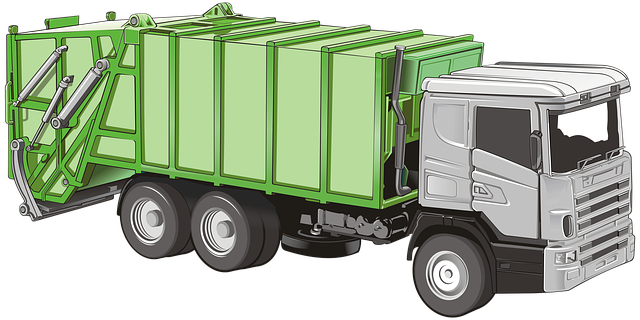
The future of truck repair verification is poised for significant advancements, driven by technological innovations. Automation and artificial intelligence (AI) are set to play a pivotal role in streamlining the process, making it more efficient and accurate. By implementing AI-powered diagnostic tools, technicians can quickly identify issues within trucks, reducing downtime and improving overall fleet productivity. These advanced systems can analyze vast amounts of data from various sensors and onboard diagnostics, providing insightful recommendations for repairs.
Additionally, cloud-based platforms are expected to revolutionize repair verification by enabling real-time collaboration between mechanics, fleet managers, and owners. This connectivity facilitates seamless communication, quick decision-making, and remote monitoring of truck maintenance. With these future trends, the verification process is set to become faster, more reliable, and tailored to the specific needs of the trucking industry, ultimately enhancing safety and operational efficiency on our highways.
The repair verification process plays a pivotal role in ensuring the safety and efficiency of trucks on our roads. By meticulously following the step-by-step procedures, utilizing advanced tools, and adhering to quality control best practices, repair shops can deliver high-quality repairs. As technology continues to evolve, we can expect more efficient and accurate truck repair verification processes, ultimately enhancing road safety and reducing downtime for these vital vehicles.
